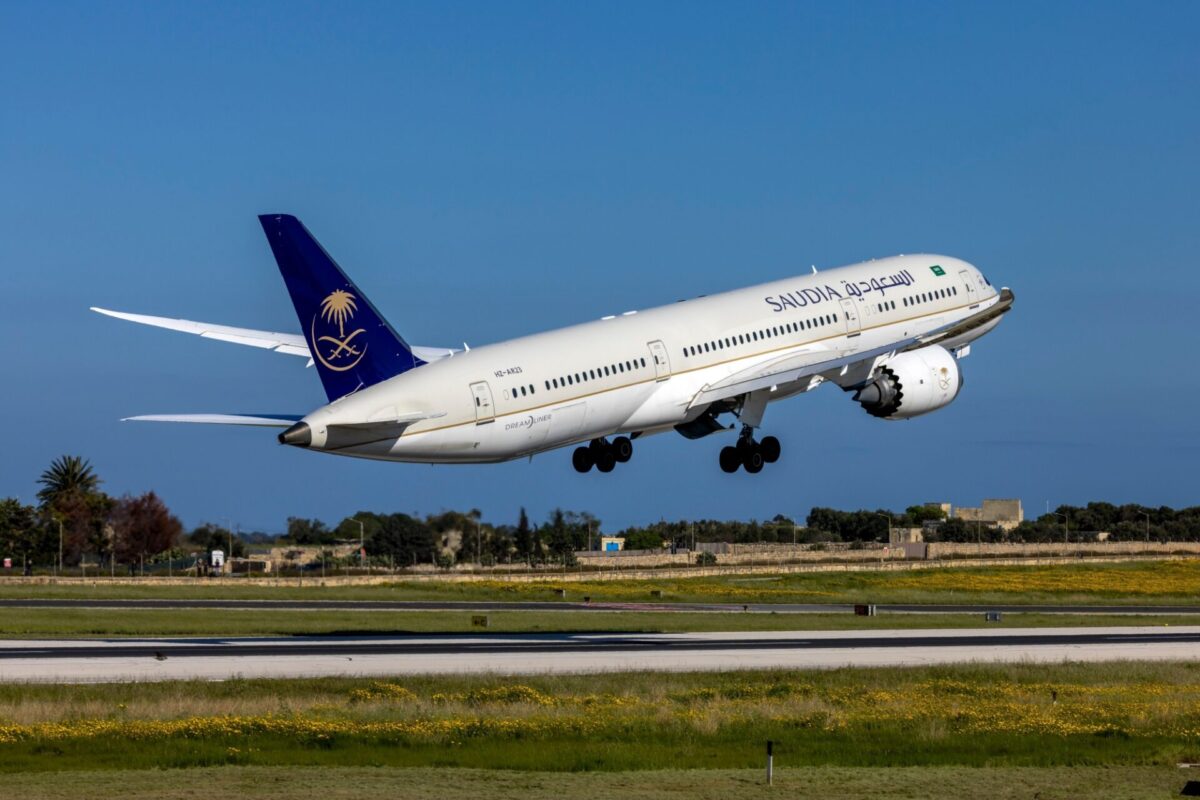Saudia, the flag carrier of Saudi Arabia, officially launched its inaugural flight from King Fahd International Airport (DMM) to Beijing Daxing International Airport (PKX) on October 28, 2024.
According to Saudia, the new route will operate twice a week in each direction, as part of a connecting flight from King Abdulaziz International Airport in Jeddah.
Dammam becomes the third city from which Saudia operates flights to Beijing, following Jeddah’s King Abdulaziz International Airport (JED) and Riyadh’s King Khalid International Airport (RUH).
According to Saudia, the total weekly seating capacity between the Kingdom of Saudi Arabia and Beijing is approximately 1,310 seats across four flights, while the weekly capacity to Guangzhou is 1,966 seats across six flights.
Saudia has a designated Boeing B787 Dreamliner for use on this route.
Mohammed bin Ali Al-Hassany, CEO of Dammam Airports Company said: “The launch of flights to Beijing, in partnership with Saudia, reflects our commitment to diversifying the international destinations of King Fahd International Airport to meet travelers’ aspirations and enhance their experience. This initiative is part of our plan to develop international air traffic, aiming to attract new airlines and increase direct destinations, which will support economic and tourism growth in the Eastern Province.”
Al-Hassany added: “From January to September 2024, King Fahd International Airport achieved a remarkable 16.2% growth in passenger numbers compared to 2023, and I commend the tremendous efforts of our team and partners in making this accomplishment possible.”
Since launching operations to Beijing, Saudia has transported over 84,890 guests on 482 flights.
From January to September 2024, the airline carried 78,560 guests between the Kingdom and Guangzhou, reflecting a 19% increase compared to the same period in 2023, with 413 flights representing a 23% rise in capacity.

